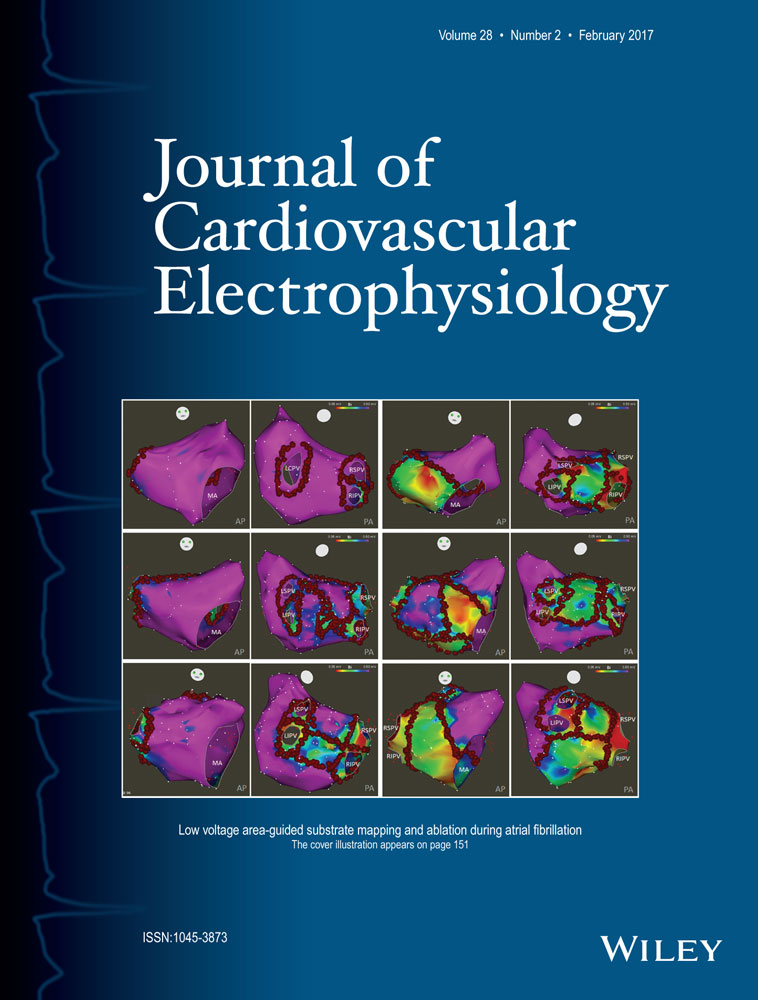Effect of PR Interval on Outcomes Following Cardiac Resynchronization Therapy: A Secondary Analysis of the COMPANION Trial
Disclosures: None.
Effect of PR Interval on CRT Outcomes
Background
Prolonged PR intervals may impair atrioventricular mechanical coupling and adversely affect cardiac performance. We hypothesize that patients with advanced systolic heart failure, wide QRS complexes, and prolonged PR intervals will have improved survival from CRT-D regardless of whether left bundle branch block (LBBB) or non-LBBB is present.
Methods and Results
A total of 308 patients enrolled in the optimal pharmacologic therapy (OPT) and 595 patients in the cardiac resynchronization therapy with defibrillation (CRT-D) arms of the Comparison of Medical Therapy, Pacing, and Defibrillation in Heart Failure trial were stratified according to normal (≤230 ms) or prolonged PR interval (>230 ms). The incidence of all-cause mortality (ACM) or hospitalization (primary endpoint) and ACM (secondary endpoint) was compared using Kaplan–Meier curves. Cox proportional hazards models for the primary and secondary endpoints were fit with LBBB status and baseline PR interval. CRT-D treatment reduced both hospitalization/ACM (P = 0.002) and ACM (P = 0.003) compared to OPT. However, CRT-D was increasingly more effective in reducing ACM hazard in patients with longer baseline PR intervals (P = 0.002) regardless of LBBB status. In particular, in the prolonged baseline PR interval subgroup, ACM was reduced with CRT-D compared to OPT (P = 0.001) with little evidence of ACM reduction in the normal PR subgroup (P = 0.07).
Conclusions
In patients with advanced systolic heart failure, wide QRS complexes, and prolonged PR intervals, restoration of atrioventricular mechanical coupling with CRT-D may improve survival regardless of LBBB status. In patients with non-LBBB, a benefit from CRT-D may occur with prolonged PR intervals.




